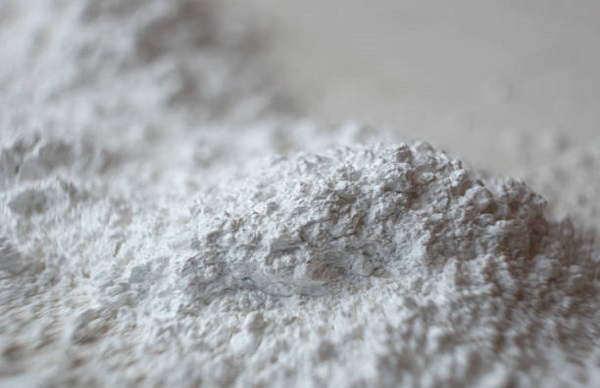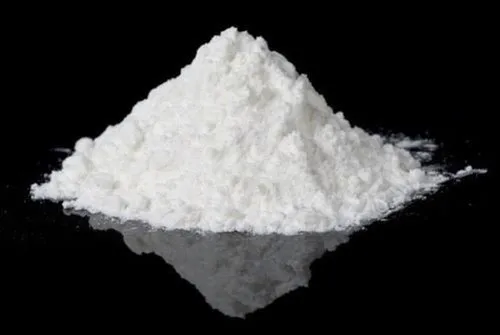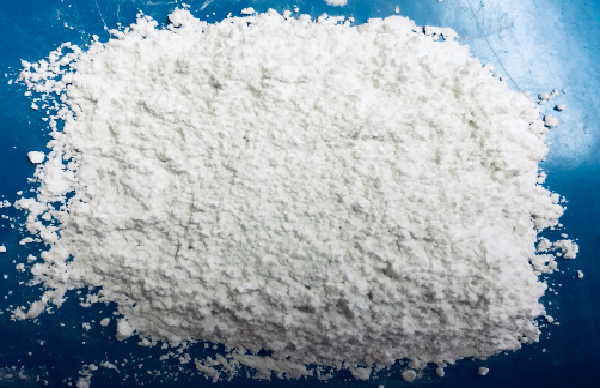
How to separate calcium carbonate and sodium chloride
October 8, 2024
How to use Calcium Carbonate Powder
October 8, 2024Calcium Carbonate Powder Suppliers Calcium Carbonate Powder is a common substance found in rocks, soil, and marine environments. It serves various purposes, from being a key ingredient in cement and lime to acting as a calcium supplement in food. Testing for calcium carbonate is essential in numerous fields, including geology, construction, and environmental science. Here’s a comprehensive guide on how to test for calcium carbonate effectively.
Understanding Calcium Carbonate</h3 >
Calcium carbonate appears in various forms, such as limestone, chalk, and marble. Its chemical properties allow it to react with acids, producing carbon dioxide gas, water, and soluble salts. This reaction is fundamental to several testing methods.
Safety Precautions
Before beginning any testing, ensure you wear appropriate personal protective equipment (PPE), such as gloves and safety goggles. Working in a well-ventilated area is crucial, especially when handling acids.
Testing Methods
Visual Inspection
- Appearance: Start with a visual inspection of the sample. Calcium carbonate typically appears as a white or off-white powder. If you are testing a rock sample, look for its crystalline structure, which can vary based on the mineral's formation.
- Solubility Test: Dissolve a small amount of the sample in water. Pure calcium carbonate is insoluble in water but may show some reaction with acid.
Acid Test
- Materials Needed: Hydrochloric acid (HCl), a dropper, and a test sample.
- Procedure: Place a small amount of the sample in a clean dish or test tube.
- Materials Needed: pH strips or a pH meter, distilled water.
- Procedure: Mix a small amount of the sample with distilled water to create a suspension. Use pH strips or a meter to measure the pH of the solution.
- Interpretation: A pH value above 7 indicates the presence of basic substances like calcium carbonate, as it tends to increase the pH of the solution due to the formation of hydroxide ions.
Thermal Decomposition Test
- Materials Needed: Bunsen burner, crucible, and a heat-resistant surface.
- Procedure: Place a small quantity of calcium carbonate in a crucible and heat it strongly using a Bunsen burner.
- Observation: The calcium carbonate will decompose upon heating, releasing carbon dioxide and leaving behind calcium oxide (CaO), commonly known as quicklime. This can be verified by adding water to the remaining solid, which produces calcium hydroxide and results in a pH increase.
Gravimetric Analysis
- Materials Needed: Balance, filter paper, and distilled water.
- Procedure: Dissolve a known weight of the sample in hydrochloric acid. Once the reaction completes, filter the solution to separate any undissolved materials. The dissolved calcium will be in solution. You can precipitate calcium by adding sodium carbonate (Na₂CO₃) to the solution, leading to the formation of insoluble calcium carbonate, which you can weigh to calculate the amount present in the original sample.
Instrumental Methods
For more precise and accurate analysis, instrumental methods such as X-ray diffraction (XRD) and scanning electron microscopy (SEM) can be employed. These methods can provide detailed information about the structure and composition of calcium carbonate in samples.
Conclusion
Testing for calcium carbonate is a vital process in various scientific fields. The methods outlined above range from simple qualitative tests to more advanced analytical techniques, allowing for both educational and professional applications. Understanding how to effectively test for calcium carbonate not only enhances your knowledge of this important compound but also aids in practical applications in industries such as construction and environmental science. Companies like Sudarshan Group play a crucial role in providing high-quality calcium carbonate products and supporting testing and application processes in various sectors. Always remember to follow safety guidelines and proper procedures to ensure accurate results and a safe working environment.




